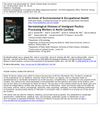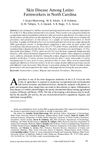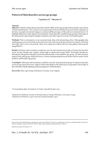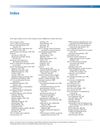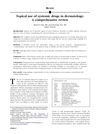Dermatologist-Diagnosed Skin Diseases Among Immigrant Latino Poultry Processors and Other Manual Workers in North Carolina, USA
March 2013
in “
International Journal of Dermatology
”
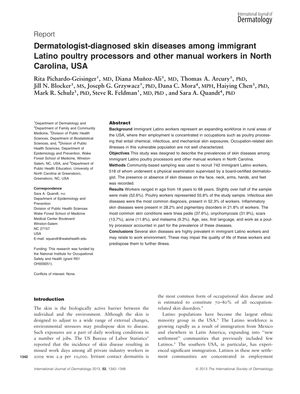
TLDR Immigrant Latino workers in North Carolina, especially in poultry processing, often have skin diseases like fungal infections and acne.
The study, conducted from June 2009 to November 2010, involved 742 immigrant Latino workers in North Carolina, with 518 receiving a dermatological examination. Infectious skin diseases were the most common, affecting 52.3% of participants, followed by inflammatory skin diseases (28.2%) and pigmentary disorders (21.8%). The most frequent conditions were tinea pedis (37.6%), onychomycosis (31.9%), scars (13.7%), acne (11.8%), and melasma (9.3%). Poultry processing workers had higher odds of onychomycosis and melasma, while men were more likely to have tinea pedis and onychomycosis. Indigenous language speakers had higher odds of tinea pedis and onychomycosis, and younger workers were more prone to acne. The study highlights the need for monitoring fungal infections in this demographic and further research to understand the occupational risks in poultry processing.
